12 Ancient Recipes Still Hiding In Modern Kitchens
Ever wonder if the dinner you ate last night has roots stretching back thousands of years?
Many foods we cook today have been enjoyed by people across centuries, from ancient civilizations to medieval times. Some recipes have survived wars, migrations, and technological revolutions to land right on your kitchen counter.
1. Flatbread
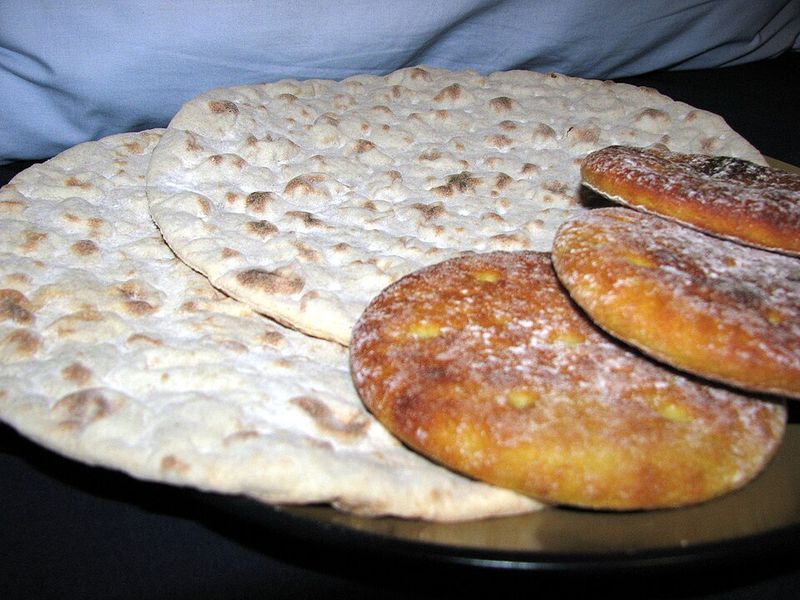
Humans have been making flatbread for at least 14,000 years, long before ovens existed. Archaeologists discovered evidence of flatbread production in Jordan, proving our ancestors mixed flour and water to create simple, filling meals.
You can still make it at home with just three ingredients. Mix flour, water, and a pinch of salt, then cook the dough on a hot pan until golden spots appear on both sides.
2. Lentil Stew
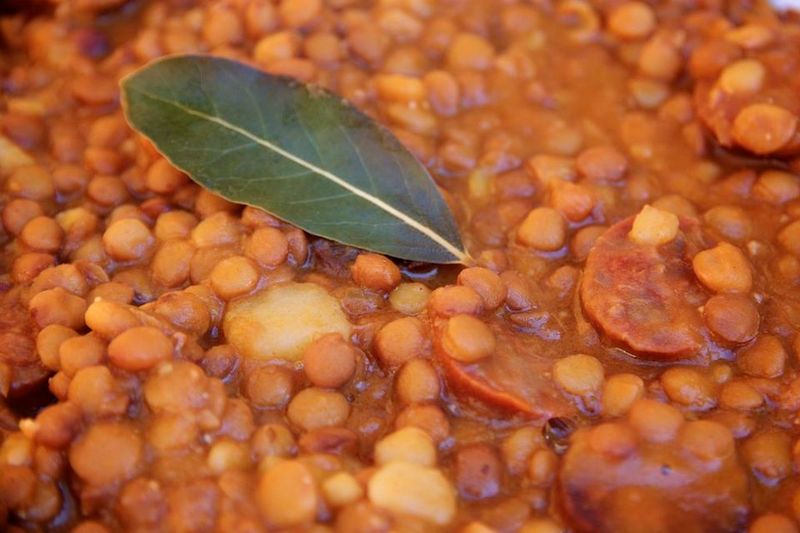
Ancient Egyptians ate lentil stew regularly, and archaeologists even found traces of it in pharaohs’ tombs. Lentils were cheap, easy to store, and packed with nutrition, making them perfect for feeding large families and workers building pyramids.
Modern versions still follow the same basic formula. Simmer lentils with onions, garlic, and spices until tender, and you’ll taste history in every spoonful of comfort.
3. Pickled Vegetables
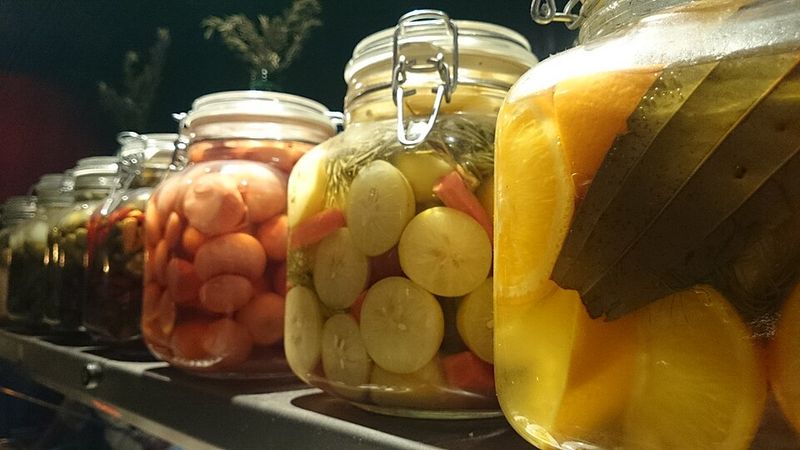
Before refrigerators, people needed clever ways to preserve their harvest through long winters. Pickling vegetables in salt and vinegar kept food safe to eat for months, and ancient Mesopotamians perfected the technique over 4,000 years ago.
Your grandmother’s pickle recipe probably uses the same basic method. Pack vegetables in jars, cover them with seasoned brine, and wait for the magic transformation to happen.
4. Roast Lamb

Roasting meat over fire is one of humanity’s oldest cooking methods, dating back to when we first discovered flames. Ancient Greeks and Romans celebrated special occasions with roast lamb, seasoning it with herbs like rosemary and thyme that still grow wild in Mediterranean regions.
Holiday dinners today often feature the same centerpiece. Rub lamb with garlic and herbs, roast it slowly, and serve it to grateful guests.
5. Barley Porridge

Gladiators in ancient Rome ate barley porridge to build strength and endurance before battles. Known as hordearii or barley men, warriors relied on the grain’s slow-burning energy to power through intense training sessions and arena fights.
Breakfast bowls haven’t changed much since then. Cook barley in water or milk until creamy, then top with honey, fruit, or nuts for a filling morning meal.
6. Honey Cake

Ancient Romans baked honey cakes called libum to offer to household gods during religious ceremonies. Made with flour, honey, and soft cheese, the sweet treat satisfied both divine beings and hungry mortals with its rich, moist texture.
Bakers today create similar desserts with minimal changes. Combine honey with flour, eggs, and spices, bake until golden, and enjoy a dessert that’s survived millennia of changing tastes.
7. Fermented Fish Sauce
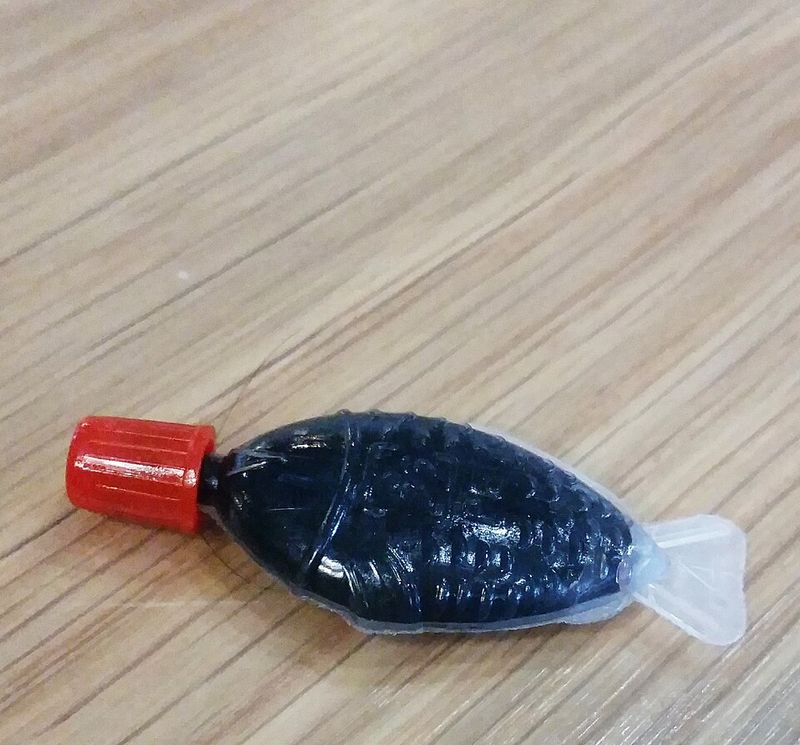
Romans went crazy for garum, a pungent fermented fish sauce that flavored everything from vegetables to desserts. Made by salting fish and letting it ferment for months, garum was so popular that factories produced it across the Mediterranean, making some merchants incredibly wealthy.
Asian cuisines kept the tradition alive through the centuries. Fish sauce still adds that mysterious umami depth to countless dishes worldwide.
8. Stuffed Grape Leaves

When Alexander the Great conquered Persia, he brought back recipes including stuffed grape leaves, known as dolma. Cooks wrapped rice, meat, and spices in tender grape leaves, creating portable meals that soldiers could eat on long marches.
Mediterranean restaurants serve nearly identical versions today. Roll seasoned rice in brined grape leaves, steam them until tender, and serve with a squeeze of bright lemon juice.
9. Cheese Curds

Legend says cheese was discovered accidentally when an Arabian merchant stored milk in a pouch made from a sheep’s stomach. The natural enzymes and movement during his journey transformed the milk into curds and whey, creating one of history’s happiest accidents.
Cheesemakers still use similar techniques thousands of years later. Heat milk, add acid or rennet, separate the curds, and you’ve mastered ancient food science.
10. Meat Pies
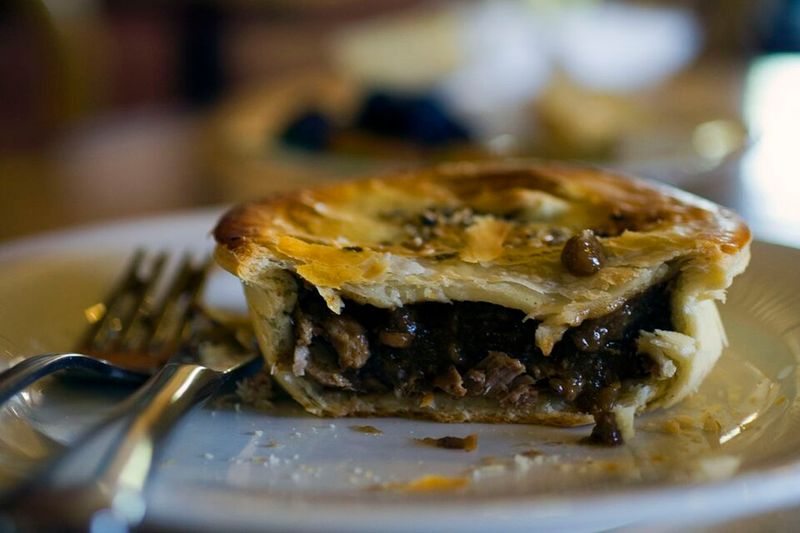
Ancient Egyptians baked meat pies for pharaohs to enjoy in the afterlife, wrapping seasoned meat in simple dough crusts. Greeks and Romans adopted the concept, creating elaborate versions filled with chicken, fish, or game meat for banquets and celebrations.
Pot pies and hand pies carry on the legacy. Wrap your favorite filling in pastry dough, bake until golden, and enjoy comfort food with ancient credentials.
11. Beer

Sumerians brewed beer over 5,000 years ago, and they loved it so much they wrote hymns praising Ninkasi, the goddess of brewing. Workers building the pyramids received beer as part of their daily wages, making it literal liquid currency in ancient economies.
Craft breweries today follow recipes that would feel familiar to ancient brewers. Ferment grains with water and yeast, add hops or herbs, and toast to history.
12. Wine

Archaeologists found evidence of winemaking in Georgia dating back 8,000 years, making wine one of humanity’s oldest crafted beverages. Ancient Greeks and Romans built entire cultures around wine, using it in religious ceremonies, medicine, and daily meals.
Vineyards worldwide still use methods perfected by ancient winemakers. Crush grapes, ferment the juice, age it properly, and pour yourself a glass connecting you to countless generations.






